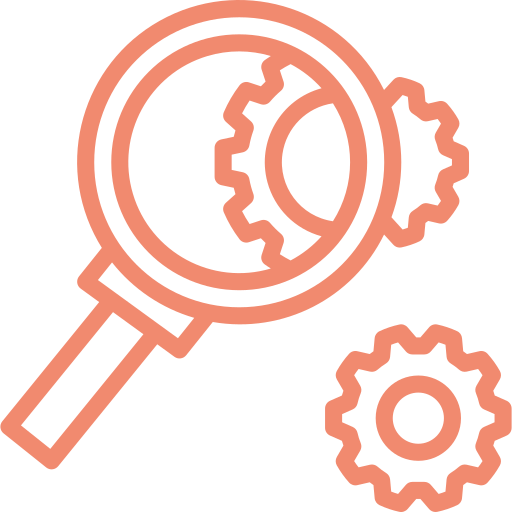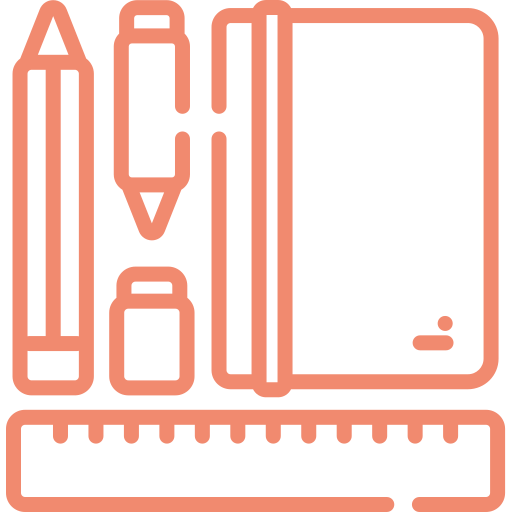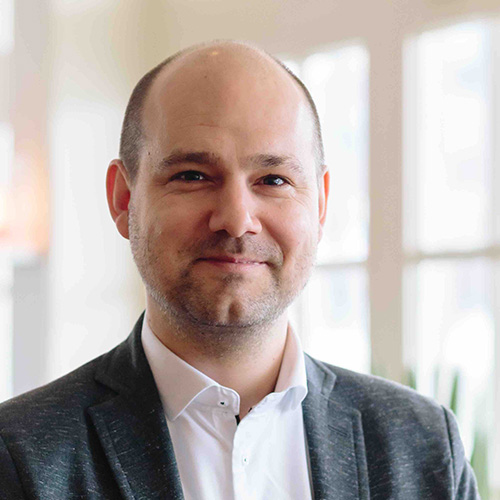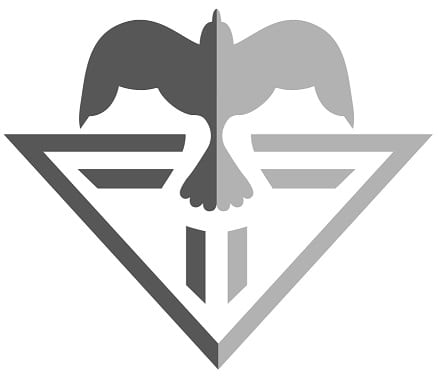WRITING WINNING PROPOSALS
Addressing SOME COMMON QUESTIONSWriting a winning proposal encompasses so much more than just good prose, immaculate grammar and inspiring storytelling. Many nonprofit organizations may not pay enough attention to the processes around proposal writing, from team dynamics, audience research, or collaborative writing. How can NGO assemble a good writing team? How can NGOs work together in a collective consortium? How can we ascertain the right proposal-writing style?
Here are Han’s answers and insights to some of the common questions and topics about proposal writing. This is a part of our Q&A series with Han. You can watch the entire recordings on our YouTube channel!

What does a good writing team look like?
A writing team can be just one person for small organizations or small proposals, or it can be 60 people for a proposal design session. What is important is to make sure that all important elements are represented in a proposal team. Someone needs to coordinate the whole process. A bid or proposal manager needs to be appointed, someone that makes sure that the highest quality proposal needs to be delivered in time and that’s the role of that person. You also need someone to make sure that the contents — what we actually want to propose or what have been negotiated with the partners — to be presented in an efficient and high-quality way. There should also be someone that focuses on the monitoring and evaluation part of the project to make sure that you can actually measure the results of your proposal and the impact that you want to achieve. We also see that the finance department is very important but often neglected. The finance department may be introduced too late into the proposal team and they only get a few days to work on a budget. Sometimes you also need communications to design the proposal nicely and to make sure the communication section is being written in the nicest way possible. Sometimes you add other ad hoc positions, like a legal advisor.
What is crucial is that everyone is responsible for a certain element of the team and avoid that there is a gap in the team. However, more often than not, we see two members, or two teams are responsible for one section. For example, you have a Program Director and a Country Director in the proposal team. Who is then responsible for the programmatic side of your proposal? That creates confusion, delay and a lot of internal fights. That’d cost time and energy. We may have a compromised proposal to please everyone involved. That is also not good because we need something edgy to show the donor that we are different. Make sure that one person is responsible for one specific task and make sure that all the tasks are represented.
Make sure that one person is responsible for one specific task and make sure that all the tasks are represented.

How do we know what kind of writing style the donor prefers?
That really depends on the donor so it’s important to know the donor. If you read their strategy documents on their website or you listen to how they speak in public, you can get an idea about the wordings they use, but also how they present themselves. You can observe how formal their websites present themselves or you can see if their keynote speakers are formally or casually dressed. If it’s the latter, you can perhaps use a simpler language.
Another thing to consider is the starting point of the proposal, i.e. the tender procedure. If the donor said that they are looking for projects in India in water sanitation and if the call is restricted, you can assume that the people evaluating your proposal knows quite a lot about water sanitation and about the contexts in India. You can then go a bit more formal with more jargons and complex language. If the call is much broader, or if the donor funds many types of projects and is open to receiving many proposals — for example, in the Netherlands, we have the NPL, the second largest private donor in the world, and they are open to receiving proposals on all kinds of topics from environment, development cooperation, to education, social inclusion, you would have to assume that the person evaluating your proposal is concurrently evaluating multiple proposals on different topics. That person, although having a lot of knowledge, has less in-depth knowledge than a specialized donor. So those are all kinds of indicators that help you submit a proposal in the style that a donor is looking for.
If the call is restricted and specialized, you can assume that the donor knows quite a lot about the challenges and contexts and you can go a bit more formal with more jargons and complex language.
In case you have no clue, you might want to re-consider submitting a proposal to a donor, for many reasons that you don’t know the style of the donor, you don’t know how to behave and what the attitude is. There may be a lot more you don’t know about the proposal. And that may lower your chance of winning of course. You should have some basic knowledge of the donor before submitting.

How do we know what buzzwords to use in a proposal?
Buzzwords are words that trigger the donor to start liking you. It’s very important to understand the donor and the language of the donor. In an earlier webinar, I gave an example of two donors funding similar projects. One uses the word lobbying advocacy, one says that we won’t fund any project with the word lobbying advocacy. It’s important to listen to the donor and see the wordings they are using and copy them. A very practical tool I like to use if you have a big policy 100-page document is the word cloud. You can see what the keywords the donor like to use. You can take the top 5 most frequently used words and recycle them in your proposal. The more you repeat them, the more excited the donor would be.

We are looking for a template to prepare a proposal we can send to many donors. Where can we find such a template?
Developing a template seems common sense to produce many proposals quickly. As you invest a lot of time and resources in making a perfect story explaining the need and your solution, your budget, and making a nice design out of it, you may want to send as many proposals. However, fundraising is not only about selling. In my opinion, only a small portion of fundraising work is about selling what you want to do. It is mainly about what you want to do to address the donors’ needs.
Fundraising is not only about selling what you want to do. It is mainly about what you want to do to address the donors’ needs.
I would say a template proposal is actually a very bad idea. There are a few bits and pieces of a proposal that sometimes you can re-use but it is a very bad idea to only have one template proposal and send it to many donors. Your success rate is going to be very low. You are shooting with hails and shooting with hails with this kind of proposals doesn’t work anymore. I would invest a little bit more time to find the right opportunities and listen to the needs of the donor, adjust your proposals and submit it and you will have a much higher success rate.

What is the best way to put a proposal together as a consortium?
My first question is why do you want to work as a consortium? The reason may be that a consortium increases your chance of getting funding. Some donors insist that you submit as a consortium. You may not want to work as a consortium, but you have to do so. Those consortiums are not formed out of a shared vision but it’s a practical and pragmatic solution to get the funding. I sometimes called them stapled consortiums. Organization A wants to do certain activities, Organization B wants to do other activities. We staple it together and submit to the donor as a consortium. We are not exactly working together. I’m not a fan of this approach but it happens a lot.
Another question is on how do you co-decide, co-develop a proposal? There are two ways you can do it. There are situations where there’s a clear prime organization and several sub-organizations. The prime organization is the leading entity of the consortium and they are legally responsible for everything that’s happening. They will be very directive on what they need from you and when they need it and you just have to follow their leads.
You also have consortiums that are more vision-based where like-minded organizations co-develop a proposal and do fundraising collectively. It’s almost like a new collective project, a new organization. If that happens, it’s very important to bring all the stakeholders in a room and spend a lot of time in developing the proposal. You can imagine these types of workshops with many people in a room and a lot of post-its. You define the tasks, plan who does what, and decide how we report to each other. You need a steering committee to make decisions and you can make it work.
For vision-based consortiums, it is essentially a new organization. It’s very important to bring all stakeholders together and spend a lot of time in developing the proposal together.
These questions and answers are part of our webinar series ‘Q&A on Fundraising’. Visit our YouTube channel to watch more. We have covered a variety of topics from proposal writing to fundraising pitfalls. We are planning to discuss many new topics in the future. Subscribe and follow our social media channels for the latest!

Han Valk
Han is the founder and a fundraising consultant of Han Valk Fundraising Consultancy & Interim Management. He is dedicated to support non-profits by offering practical, tailor-made and flexible solutions on all fundraising levels. The way he would have liked to be supported when he was head fundraising the past ten years. Rather than providing broad concepts, his tools and advice can be implemented directly in your organization.
TOPICS ADDRESSED
- What does a good writing team look like?
- How do we know what kind of writing style the donor prefers?
- How do we know what buzzwords to use in a proposal?
- We are looking for a template to prepare a proposal we can send to many donors. Where can we find such a template?
- What is the best way to put a proposal together as a consortium?
stay up to date
We have at heart to be a resource to you. According to your preference, we will share insights, trainings, networking events and career opportunities that might be of interest for anyone from entry-level to seasoned professionals.
Contact
Phone
+31 (0)6 30 69 45 95
Address
Eursinge 8, 7935AB Eursinge (de Wolden), The Netherlands
228 East 45th Street, Suite 9E New York, NY 10017, USA
info@hvfc-international.com
Join us on
© 2024 HVFC International. All rights reserved.
HVFC ® is a registered trademark of HVFC International B.V.
